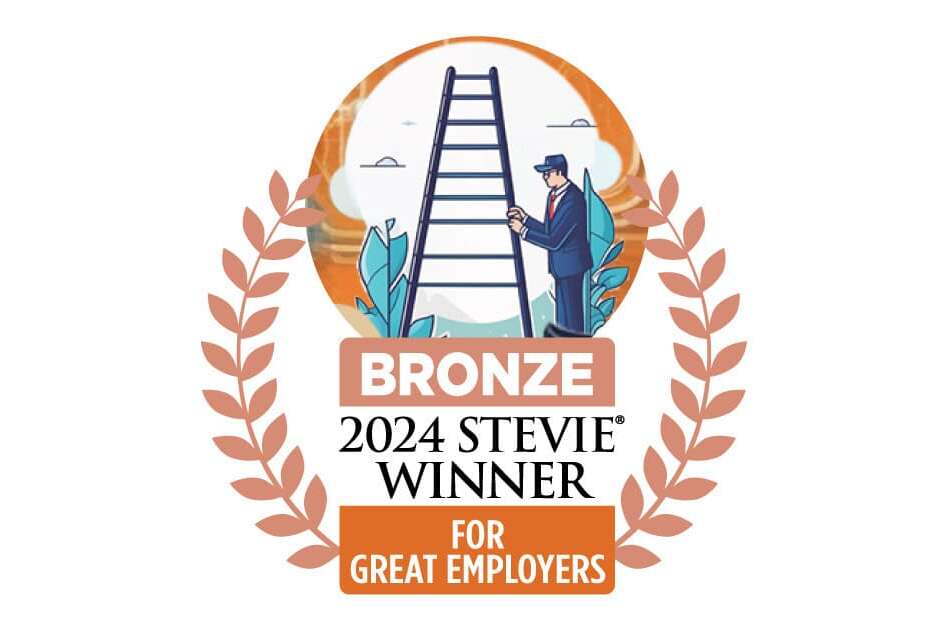Time now for partying, presents, and planning. Holiday season, yes, but also the end of the calendar year and time for the gift that keeps on giving: preparing channel partner success for the new year.
You’ll have your channel managers out in full force visiting with their assigned partners. Ask them to sit down, review the year ending, and talk about the new year that’s about to begin.
The question is, how can you help them make the most of those conversations?
When planning for channel partner success, face the brutal truth
Jim Collins, in his book Good to Great, encourages us to face the brutal truth. Leave the sugar coating behind. Everyone gains the most (and channel partner success happens) when we honestly assess what went right and what went wrong.
Some questions you may want to review with your partners include:
“Which targets did we hit, and which did we miss?”
An important part of the planning process is to set goals and then come back to assess how well you fulfilled them. Remember that you have a tremendous amount of data available to you. Look at last year’s goals and compare them to the actuals with the following questions:
- How many new clients did you create?
- How successful were you at selling more to existing customers?
- Did we hit our top-line revenue targets together?
- Did you generate the gross profit margin you intended to hit?
- What was the mix of product sales to services sales?
- How profitable were each? Which contributed more gross profit?
- Have we consistently kept our pipeline full or do we need to be doing more canvassing and prospecting?
- What was our average closing ratio for the past year?
- Were we pursuing the right market segments? Should we have targeted larger customers? Smaller?
“Which marketing initiatives landed well, and which landed with a thud?”
It’s really not enough just to ask what worked and what didn’t. Go deeper.
- Why did some things not work well?
- Was it the messaging?
- Was it the mailing list?
- An unattractive offering?
- Problems with the call-to-action (CTA)?
- Should you have chosen another medium?
- Why didn’t they work?
Now, strap in for this one…
“How well is our partnership working?”
- Are we both getting what we expected out of working together?
- Were our expectations too low? Too high?
- Is this an equitable partnership? That is, are we each bringing enough to the table?
- Does the partner still feel there’s a meaningful value proposition for their customers?
- Can the partner generate enough services revenue around your products to make them worth their while? Competition makes margins slim. Can they compensate with related services?
Okay, enough looking backward. Let’s turn our focus onto the future. After agreeing that you should continue partnering in 2022, it’s a good time to make changes, adjustments, or just fine-tune the partnership.
Discussions should include:
Re-establishing and resetting your goals
- What are our joint revenue and profit targets for the coming year?
- How much of that revenue should come from sales of your product and how much from your partner’s services?
- What overall gross margin do we expect to generate for the partner from sales of your product?
- What overall gross margin do we expect to help your partners generate for themselves?
- If you provide products in multiple categories, perhaps break down the revenue and profit numbers by category.
Deciding what target performance ratios are
- What percent of our sales do we expect to come from existing customers? New?
- How many new clients do we plan to create in the coming year to fulfill our goal for sales from new customers?
- What are our plans to recruit those new clients? (This will take longer to answer…)
- What are our plans to sell more to existing customers?
- Will we be adding new products?
- Will the partner be adding new services?
- Have we analyzed our customers to see what else they need from us?
- What do we expect our average closing ratio to be?
Determine what should continue as it’s been done before
- Hey, no reason to mess with success.
- What else should we be doing that we haven’t been doing.
- Are there specific events coming that we should be marketing to?
- Do we have an established marketing/communications calendar?
- How do we want to take advantage of the co-selling motion?
- What changes do we want to make to our sales process?
Did you see what we did there?
Obviously, a comprehensive list of strategic and tactical planning directions would be book-length. Perhaps multiple books. Our goal here was to get you thinking in more detail about the planning process, and how it lends itself to channel partner success. The more structured your process is, the more participation you will enjoy and the better a plan you will produce.
As we left 2020 we felt sure that 2021 would be a better year. We join all of you in our commitment to make 2022 a better year, a great year, a truly happy new year.
Kelsey Worsham
Kelsey is the Senior Content Marketing and Communications Manager at Zift Solutions.




